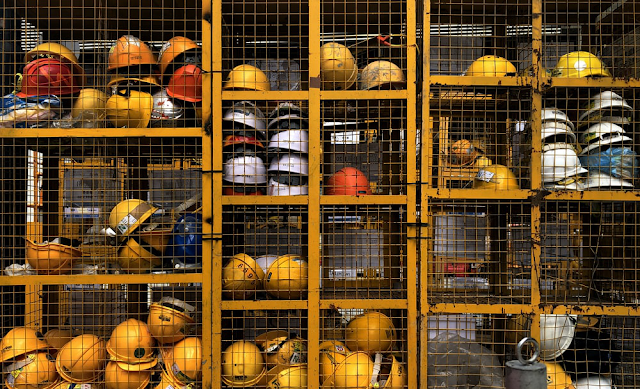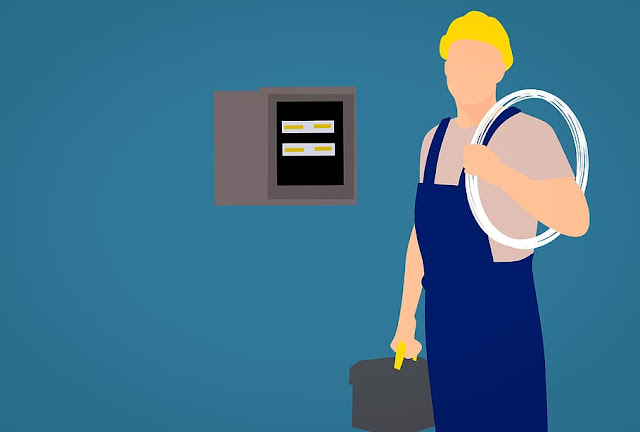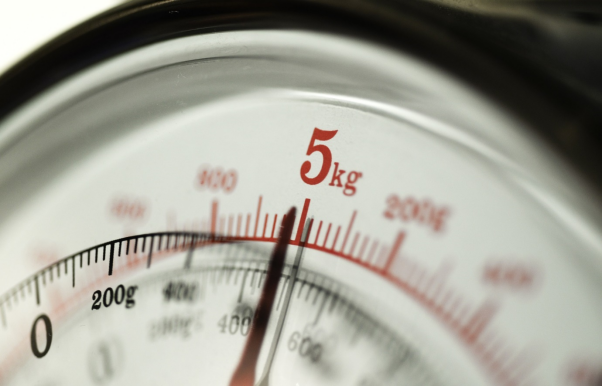4 Safety Tips for Oil & Gas Industry Workers
Workers in the oil and gas industry continue to be susceptible to workplace injuries and fatalities. They work in high-pressure and dangerous environments, and a lack of safety measures can be life-threatening. Long working hours, time away from home and the pressure of continuously working on optimum levels takes a huge toll on these workers, therefore they are more likely to make human errors that can lead to safety hazards.
If you’re worried about safety issues and want to reduce the occurrence of safety-related incidents, then apply the following tips in your next oil & gas industrial project.
Local Emergency Response Is Key
Having a healthy relationship with the local emergency response community will help you implement a higher level of safety. Discuss various safety hazards with the emergency response team and take their input on how to mitigate the occurrence of such hazards. You can also give them a tour of your drilling site. This would help them develop an emergency response structure that is unique to your operations.
Personal Approach to Safety
Allow the workers to know their peers better and adopt a personal approach to safety training. Merely, imposing safety instructions on workers may result in negligence. However, if you embrace a personal approach, and explain to them about the various safety concern in a friendly manner, they are more likely to understand the consequences and will play their part to ensure onsite safety.
Mental Health Is Essential
Oil & gas industry workers are human beings. You need to get rid of the age-old “tough guy” stereotype. Mental health is crucial, and there need to be adequate systems in place to deal with such issues. Long-time away from home and tough working conditions can have a detrimental effect on the workers’ health, and they are more susceptible to making safety mistakes if their head is not in the right place. You need to build a culture of mutual trust, open communication, and a transparent environment so that workers are more open to discussing their mental health issues.
Visual Safety Hazard Signs
Identify areas that are most susceptible to safety hazards, and ensure these places have appropriate visual hazard signage. Try to be clear in communication and have legible signs all over your site that indicate dangers and have relevant safety instructions. If your site has outdated or worn-out signage, then aim to replace it as soon as possible.
Safety is paramount, and even more so in the oil and gas industry. You need to ensure that your machinery is up to date, there are no leakages, and much more. You can do this by ensuring that you have quality products on site.
If you’re looking for reliable OEM drilling instrumentation for your drilling site, then have a look at Contact Instruments.
As a leading OEM drilling manufacturer, they provide high-quality equipment such as tong line pull indicating systems, OEM brass wear rings, trash pump stands, and much more. Check out their website for their complete range of products and services or contact them today for your instrumentation needs.





Comments
Post a Comment